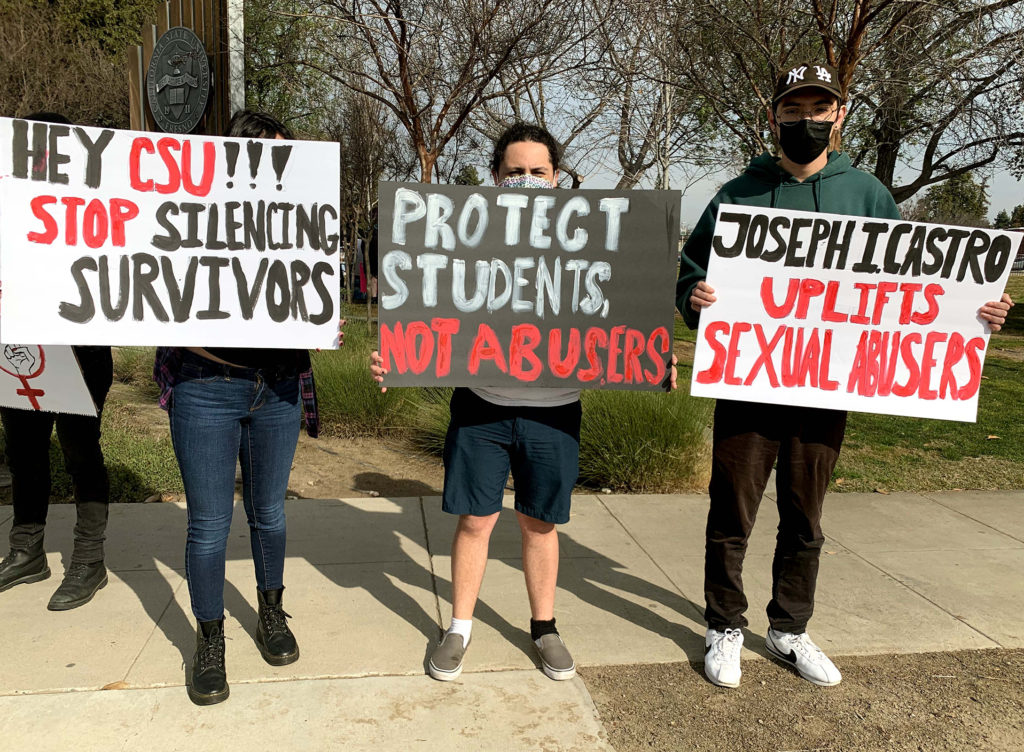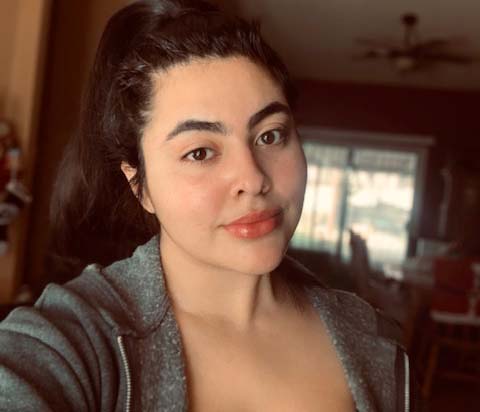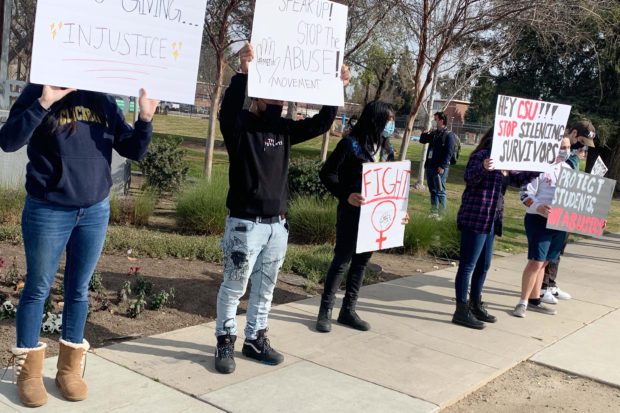
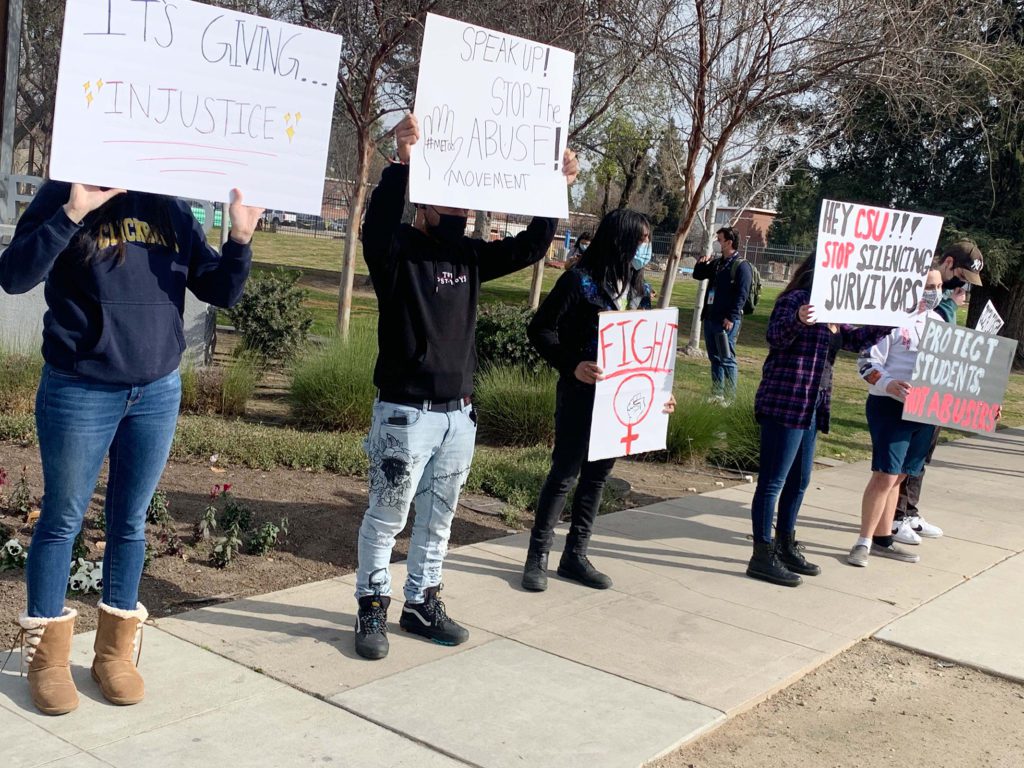
Fresno State’s former vice president of student affairs, Frank Lamas, and California State University (CSU) Chancellor Joseph Castro are experiencing extreme heat. Castro allowed Lamas to continue working at the university from 2014 to 2020 despite allegations that Lamas repeatedly sexually harrassed his female colleagues.
Lamas left Fresno State in late 2020 after he and then Fresno State president Castro agreed on a $260,000 settlement and a letter of recommendation to future employers outside the CSU system.
The goal of this arrangement was for Lamas to leave quietly. Many students speculate that Castro did this to avoid negative backlash against Fresno State, but they are angered nonetheless.
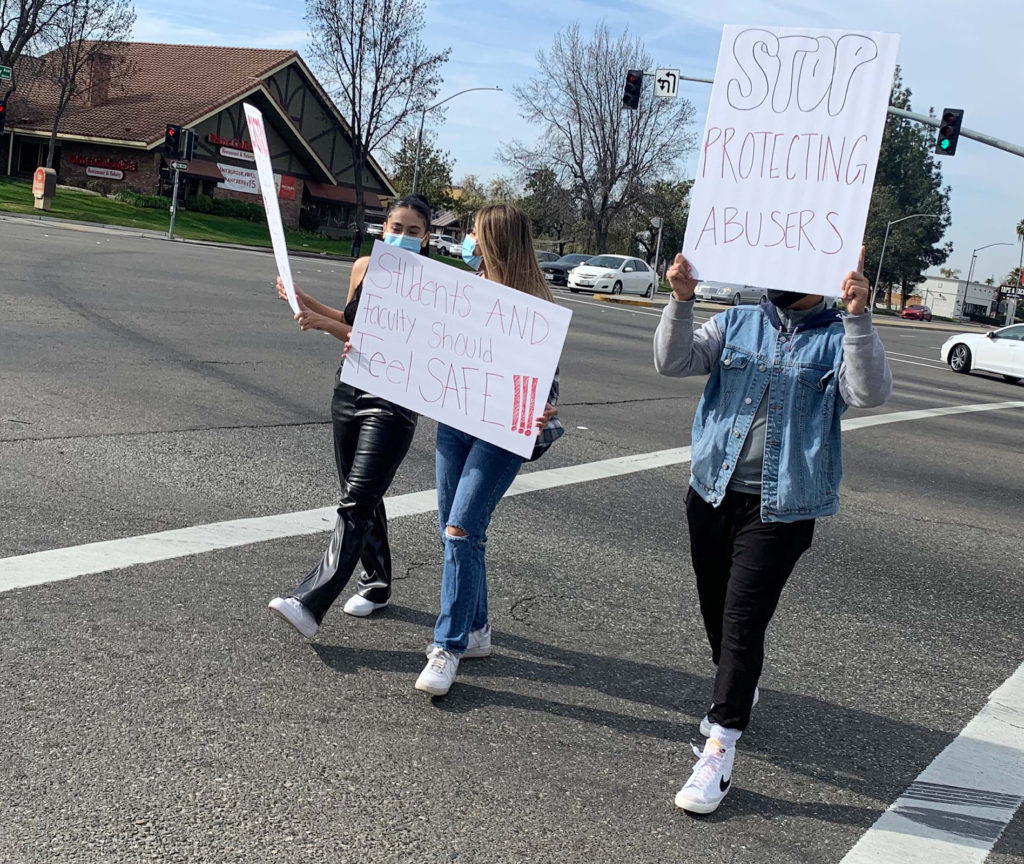
Castro was Fresno State’s president for roughly seven years before being named the eighth CSU chancellor in 2020. As chancellor, Castro oversaw all 23 CSU educational institutions.
When news broke of the Lamas arrangement, many sexual assault survivors came together at the corners of Cedar and Shaw avenues for an organized protest. There were around 30 participants on Feb. 5.
“It’s crazy because they installed a window in his office so that he isn’t alone with other employees and students. And that’s terrifying and unfathomable because I couldn’t even imagine something like that,” says Rami Zwebti, 17, who participated in the protest.
Not only Fresno State students but also high school students and other college-bound individuals were present to show their support. The determined group of protestors even inspired a few passerbyers to join the protest.
The protest was organized in hopes of leading to the resignation of Chancellor Castro. Indeed, Castro resigned on Feb. 17.
When many of the youth at the protest heard what was described as “disgusting news,” some admitted to not wanting to attend college anymore, specifically CSUs. They expressed concern that their safety would not be prioritized and anger at the way Castro dealt with the allegations against Lamas.
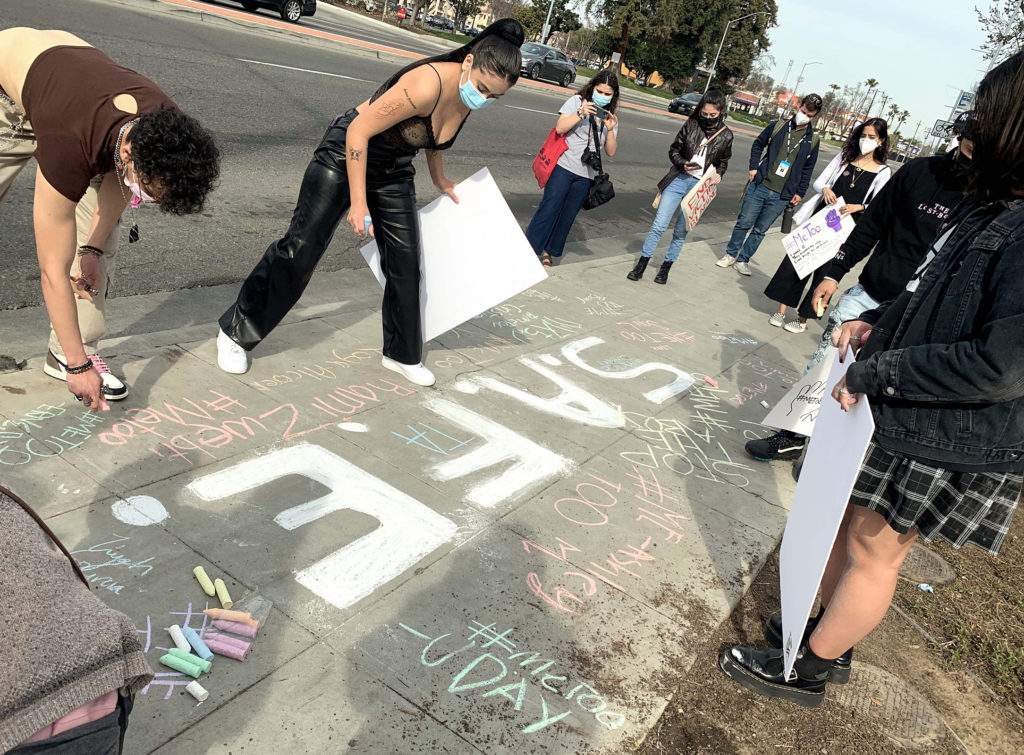
“For me, it’s really scary because this happened so close to home. I live like 10 minutes away and if I walk around here, I can literally see the window that they installed instead of firing him,” Zwebti adds.
Another major concern is University High School, which is located on the Fresno State campus. It is a charter school that prepares students for college-level education. University High students often can be seen walking around campus.
In addition, Fresno State students and faculty wonder what else the university might be covering up.
According to RAINN.org, 13% of all college students are victims of rape or sexual assault. Rape culture is not new or uncommon in college, but it is often ignored.
The university is now moving forward with its own private investigation.
Just a few years ago, Castro was credited with students’ academic success, especially freshmen. There was a noticeable increase in their grades all around.
But not too long after Lamas was welcomed into the Bulldog family, the complaints started rolling in. Twelve sexual assault reports were made against Lamas—all of which were ignored.
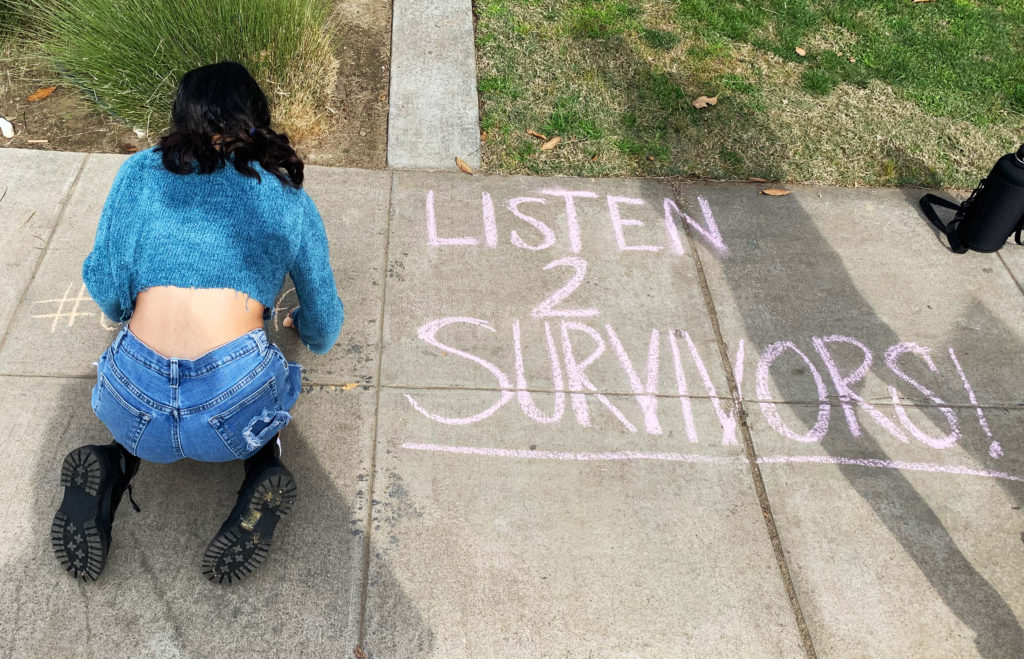
“To be honest, I got my bachelor’s here and it didn’t always feel like a safe space. There is just something disturbing about party culture and the campus where abuse is just normalized. And as a woman, I don’t like to feel unsafe,” says Fresno State student Alexa Schiller, 25.
Some students mentioned feeling betrayed because Lamas’ punishment is the equivalent of a pat on the back. No disciplinary measures were taken.
Students heard his sexist remarks when near his office, immediately raising a red flag.
Castro ignored the several emotional and physical red flags regarding Lamas and apparently did not see Lamas’ behavior as an issue.
Many within the Fresno State community don’t feel that justice has been served.
“You can replace people, but you cannot heal or remove someone’s trauma,” said Zwebti after expressing the importance of Castro’s removal.
Now that these truths have come to light, how will the university be affected? How is Fresno State going to deal with safety issues on campus? And, most important, how is the university going to deal with the pain and suffering of the victims?
